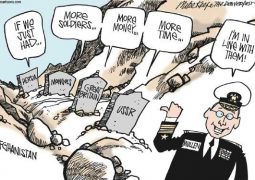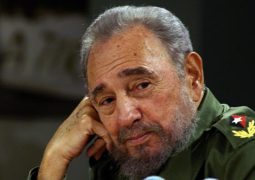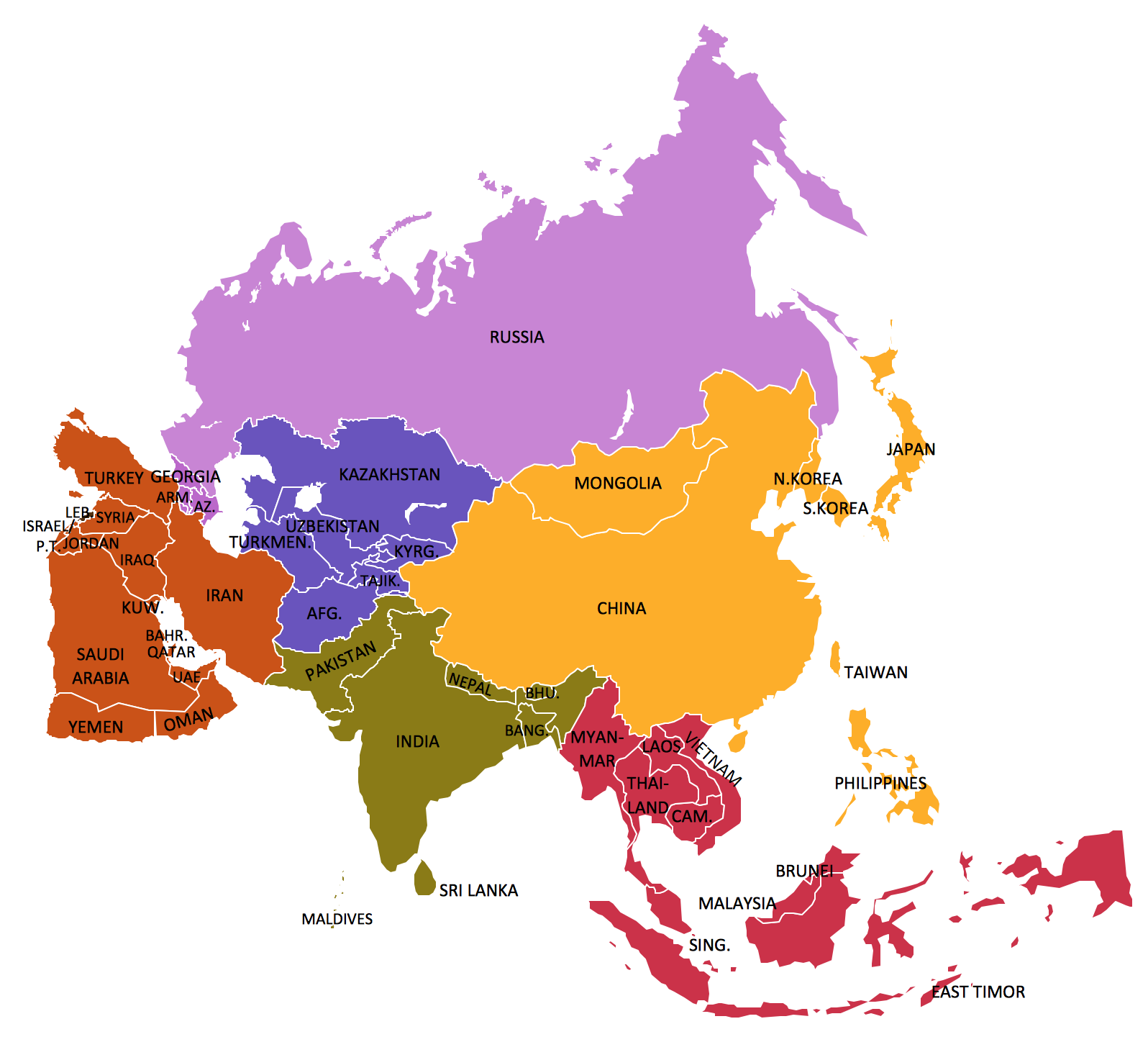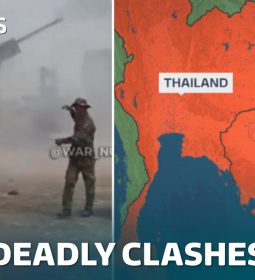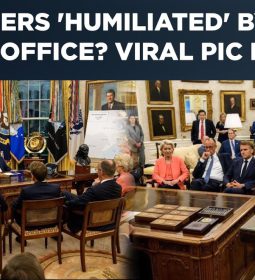Ukrainian clown-presidents tough “decision” – Trump says: Choose or Loose (Anyway), together with European die-hards

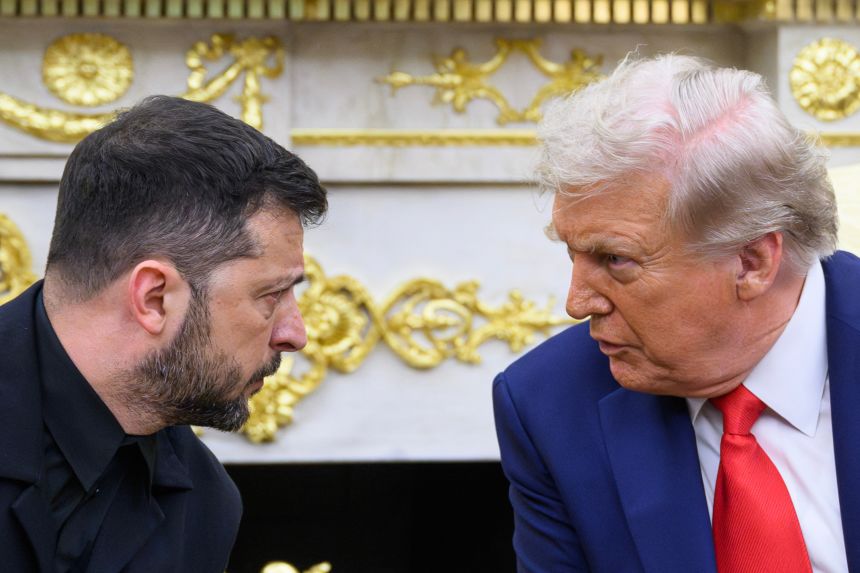
The 28-point plan hammered out by US and Russian envoys and put to Ukraine this week came with a deadline and an implicit threat: Sign up or face the risk of being abandoned.
US President Donald Trump said Friday that Ukrainian leader Volodymyr Zelensky would “have to like” the US plan, suggesting he is in no mood to negotiate.
Since then, Trump has sent mixed messages, saying the plan was not his final offer but adding that if Zelensky did not accept it he could “continue to fight his little heart out.”
Zelensky recognized the stark choice in a somber speech to the nation on Friday, casting the plan as a choice between losing the United States as an ally and giving in to Russian demands, which many of the 28 points cater to.
If Kyiv were to lose US support, the consequences would be grave for its weapons supplies and access to intelligence, compounding existing crises: a lack of soldiers, a financial crunch and a deepening lack of confidence among Ukrainians in a presidency tainted by scandal.
Above all, rejecting the proposal would herald an existential separation from the US, with massive strategic implications for Ukraine and its European backers. It would risk the US turning its back on the conflict altogether, reneging on pledges of a security guarantee for Ukraine and telling not just Zelensky but the Europeans: You’re on your own.
Weapons pipeline
Not getting US weapons would hurt Ukraine, but not as much as it would have done three years ago. That’s partly because the conflict has changed so much: Tanks, anti-tank weapons and armored vehicles now play a subordinate role to the ever-present drones.
And it’s partly because the weapons pipeline from Europe is now bigger than that from the US. From the start of the war through June 2025, Europe has allocated at least $40 billion in military aid, $5 billion more than the US.

The loss of US weaponry would most of all affect Ukrainian air defenses, which include Patriot batteries and missiles. Zelensky has repeatedly pleaded for more air defenses from the US, but the Patriots are in short supply. Even if the US cut off its own supply of missiles and spare parts, it might allow European and other allies to continue helping.
Ukraine has also had a limited supply of highly effective US ATACM missiles.
The Trump administration has shown greater willingness to sell US weapons to a European-financed fund known as the Prioritised Ukraine Requirements List (PURL) worth some $90 billion. But it could punish Ukraine by abandoning the program – if Kyiv rejects the plan.
On the upside, Ukraine has built a formidable drone and missile industry, even if it needs scaling-up. Ukrainian officials have said that 90% of the drones it uses are made in Ukraine.
Intelligence sharing
The US briefly stopped sharing intelligence with Ukraine back in March, after the infamous Oval Office encounter between Trump and Zelensky.
The exact nature of that cooperation has never been publicly divulged but likely includes early warning of Russian missile launches and real-time analysis of Russian troop movements, critical at a time when Russian forces are making advances on several parts of the frontlines.
In October, Zelensky acknowledged that all of Ukraine’s defenses against Russian missiles – Patriot, NASAMS and the IRIS-T – would have limited data without US intelligence, meaning there wouldn’t be enough information to ensure defense.
US intelligence has also been used by Ukrainian strikes deep inside Russia, including against military and energy infrastructure, Ukrainian sources have told CNN.
The Europeans are improving their access to such intelligence, but it takes years to build and coordinate such capabilities.
Men and money
Ukraine’s greatest problems are more homemade and couldn’t be fixed by any number of US tanks or missiles. Its military has a manpower crisis. Tens of thousands of soldiers went AWOL in the first seven months of this year alone.
Many infantry units are severely under-staffed, but reducing the draft age from 25 is seen as a political landmine.

Should Kyiv reject the blueprint, US backing for its solvency may be another casualty. The International Monetary Fund says Ukraine needs $65 billion in budget support over the next year alone. The European Union has been struggling to agree to a way to use frozen Russian assets as some sort of loan guarantee.
The 28-point plan – the work of Trump’s envoy Steve Witkoff and Russian official Kirill Dmitriev – threatens to blow up the delicate negotiations on using those assets.
“$100 billion in frozen Russian assets will be invested in US-led efforts to rebuild and invest in Ukraine. The US will receive 50% of the profits from this venture.”
“Frozen European-held Russian funds will be unfrozen,” the plan insists – even if those funds are beyond US control and Europe is not party to the plan.
Security guarantees
The US-Russian plan (point 5) says that “Ukraine will receive reliable security guarantees,” but no detail is offered.
Language such as: “It is expected that Russia will not invade neighbouring countries” (point 3) will not inspire confidence in Kyiv.
Some reports suggest that according to an annex to the plan “a significant, deliberate, and sustained armed attack by the Russian Federation across the agreed armistice line into Ukrainian territory shall be regarded as an attack threatening the peace and security of the transatlantic community.”
CNN has been unable to confirm such a clause.

Without precise and detailed guarantees, endorsed by the US Congress so they have the force of law and backed by the threat of sanctions, it’s hard to see why Zelensky would accede to the bare outline in the plan.
But rejection would bring existential risk.
Long before Russia’s full invasion of Ukraine, Russian President Vladimir Putin’s dream was to split Europe from the US. A favorite theme of the Kremlin since Trump took office has been to contrast Trump’s efforts to settle the conflict with the “war-mongers” in Europe.
The 28-point plan nods to this US administration’s semi-detached view of NATO, the cornerstone of peace in Europe for 80 years.
It says “a dialogue will be held between Russia and NATO, mediated by the United States,” exchanging the role of ally for one of arbitrator.
European leaders, along with Japan and Canada, came as close as they could to a polite rejection of the plan in a statement on Saturday, saying it “requires additional work.”
They added they were “concerned by the proposed limitations on Ukraine’s armed forces,” which would leave Ukraine vulnerable to attack.
European officials are meeting with their Ukrainian and US counterparts in Geneve Sunday for more detailed talks on the blueprint.
Some Europeans think this is a cathartic moment.
“We have been told repeatedly and unambiguously that Ukraine’s security, and therefore Europe’s security, will be Europe’s responsibility. And now it is,” former Lithuanian Foreign Minister Gabrielius Landsbergis said on X Saturday.
A watershed moment
Just one month ago, Zelensky said that in a phone call with Trump, he had “discussed opportunities to bolster our air defense, as well as concrete agreements that we are working on to ensure this. There are good options and solid ideas on how to truly strengthen us.”
Those good options have evaporated.

The potential loss of weapons systems and intelligence – and their immediate impact on a battlefield that is steadily tilting Moscow’s way as well as Ukraine’s energy supplies – very much matter.
But they pale by comparison to the prospect that Washington is ready to reward Putin’s aggression, shrug at his seizure of European territory and detach itself from the most successful alliance for peace in the modern era.
That point was made on Saturday by a number of senior Republicans, with US Sen. Roger Wicker, chairman of the Armed Services committee, saying: “Any suggestion that we can pursue arms control with a serial killer and liar like Putin should be treated with great skepticism.”
“There is a long tradition of great powers in Europe making deals over the heads of smaller countries, leading to terrible suffering,” writes Anne Applebaum in the Atlantic.
“The Molotov-Ribbentrop pact with its secret protocols, brought us World War II. The Yalta agreement gave us the Cold War. The Witkoff-Dmitriev pact, if it holds, will fit right into that tradition,” she says.
- Previous ‘Rental Family’ business is a growing segment of real-life in Japan
- Next Mohammed bin Salman seen as possible bridge between US and Iran




